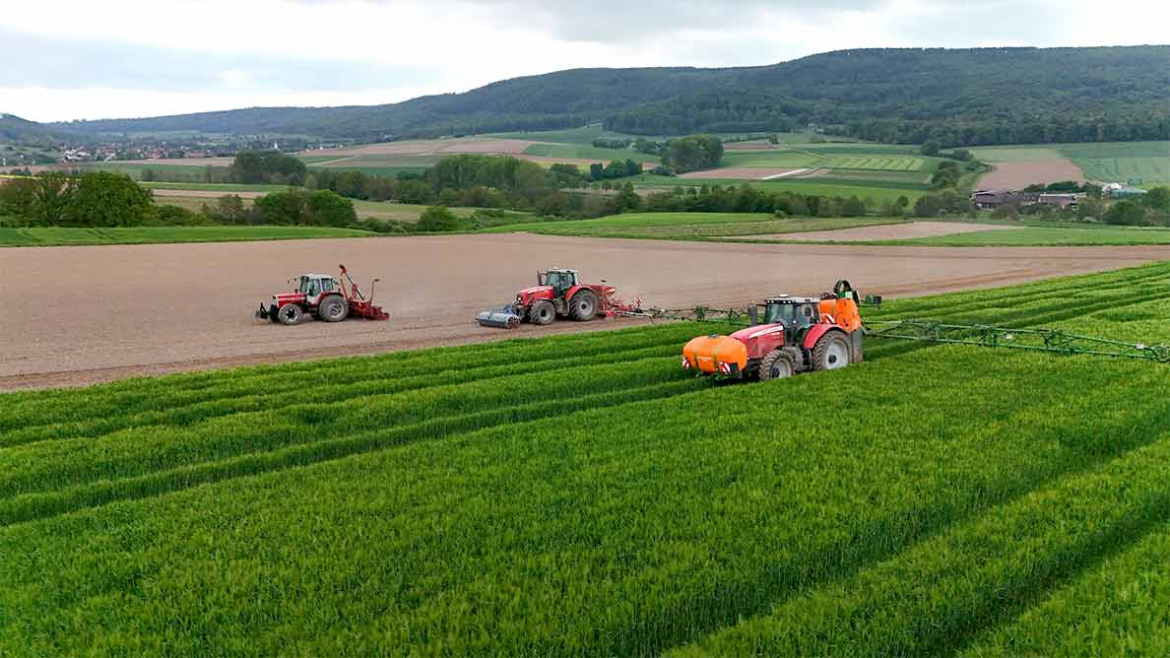In the face of growing challenges in agriculture such as climate change, labor shortages, and the rising cost of inputs, collaborative farming models are emerging as a vital strategy for farmers to enhance their precision farming efforts. By pooling resources and expertise, farmers can optimize their operations, reduce costs, and improve sustainability across the agricultural landscape. This article explores how collaboration can lead to better outcomes in precision farming.
The Importance of Collaboration in Agriculture
As farms become increasingly diversified and specialized, collaboration among farmers offers significant advantages. By sharing resources such as equipment, labor, and data, farmers can achieve efficiencies that would be impossible if operating independently. For example, smaller farms may struggle to afford high-tech precision farming equipment. However, by collaborating with neighboring farms, they can access advanced machinery without incurring the full costs individually. This shared approach not only enhances productivity but also promotes knowledge sharing among farmers, enabling them to implement best practices in precision farming.
Resource Sharing and Cost Reduction
One of the most compelling aspects of collaborative farming models is the potential for cost reduction. Farmers can share various resources, including tractors, drones, and sensors, which are essential for implementing precision farming techniques. This cooperative effort allows them to invest collectively in high-quality technologies that improve data collection and analysis. With accurate information about soil health, moisture levels, and crop conditions, farmers can make informed decisions that lead to optimized input usage.
Moreover, by reducing equipment costs through collaboration, farmers can allocate more resources toward innovations in precision farming practices, such as precision irrigation or variable rate application of fertilizers. This shared investment fosters a more resilient agricultural community, allowing all members to benefit from enhanced productivity and sustainability.
Data Collaboration and Enhanced Decision Making
In addition to sharing physical resources, collaborative farming models often include data collaboration. By sharing insights and findings derived from precision farming techniques, farmers can build a comprehensive understanding of regional agricultural conditions. This collective intelligence enables them to make informed decisions based on a broader spectrum of data, leading to more effective strategies for crop management.
For instance, if one farm discovers a particular pest issue or nutrient deficiency, they can quickly share that information with their collaborators, ensuring that all farms in the vicinity can take preventive measures. This proactive approach not only reduces crop loss but also minimizes the need for chemical treatments, aligning with sustainable farming goals.
Conclusion
Collaborative farming models present a unique opportunity for farmers to enhance their precision farming efforts. By sharing resources, reducing costs, and collaborating on data, farmers can achieve greater efficiency and sustainability in their operations. As agriculture continues to evolve, embracing collaboration will undoubtedly play a crucial role in addressing the challenges facing the industry.
At CHCNAV Agriculture, we understand the importance of proximity and collaboration in enhancing precision farming. Our ongoing global expansion aims to support farmers everywhere with innovative solutions adaptively tailored to their needs. Together, we can redefine the future of agriculture.
